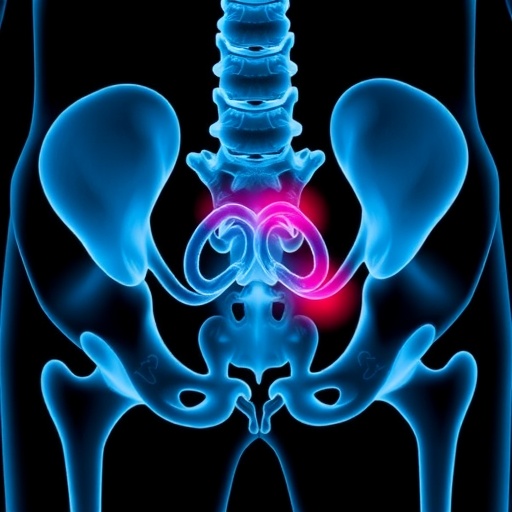Singapore – A joint 7-year cohort study of 2039 patients in both Singapore's restructured hospitals and New Zealand's hospitals, revealed answers to key questions about the epidemiology of heart failure. The study recently published in the European Heart Journal, set out how two distinct forms of heart failure previously considered similar in prevalence and risk of death, are in fact very different.
The heart failure patients were recruited from 6 major national specialty centres and hospitals in Singapore which include the National University Health System, the National Heart Centre Singapore and 4 centres in New Zealand which are Christchurch Heart Institute, University of Otago, Middlemore Hospital and Waikato Hospital.
Professor Rob Doughty, NZ Heart Foundation Chair of Heart Health at the University of Auckland's Faculty of Medical and Health Sciences, led New Zealand's participation in the seven-year collaborative study, explained that, "Heart failure is a common and serious condition affecting around 80,000 New Zealanders. In many people with heart failure the heart muscle is stretched and weakened and does not pump properly. However, in other cases of heart failure, the heart may have near normal pumping function but the muscle is stiff and often thicker than usual and the heart cannot fill properly between beats. These two types of heart failure were thought to be equal in occurrence and risk of death.
"However, our new findings reveal that the stiff heart muscle is less common than originally thought, affecting about three out of every 10 heart failure patients, and there is less risk of dying from this type compared with heart failure where the heart is not pumping properly," says Professor Doughty.
Two percent of New Zealand's population live with heart failure, and the study's findings provide greater accuracy about their risk of dying. In Singapore, 16 people die from cardiovascular disease (heart disease and stroke) every day. Cardiovascular disease accounted for 29.6% of all deaths in 2015. This means that nearly 1 out of 3 deaths in Singapore, is due to heart disease or stroke. (Source: University of Auckland; Singapore's Ministry of Health)
For over a decade, there has been uncertainty and controversy surrounding the clinical outcomes for patients with the two heart failure classes, which are heart failure with preserved ejection fraction (HFpEF) and reduced ejection fraction (HFrEF).
This new research showed that heart failure patients with preserved ejection fraction (HFpEF) are more likely to survive, have better outcomes, contrary to what the decade-old studies revealed.
Professor Mark Richards, Director of Singapore's Cardiovascular Research Institute of the National University Health System of Singapore, provided overall international leadership and coordination of the work between the two countries.
"Our findings are pivotal to the understanding of occurrence, death rates and risk prediction within different classes of heart failure,'' says Professor Richards who is also Christchurch Heart Institute Director and Heart Foundation Chair of Cardiovascular Studies in New Zealand.
Professor Richards won research funding and supervised execution of the study in Singapore. A total of 16 distinguished heart doctors and researchers have been involved, including Professor Carolyn Lam of the National Heart Centre in Singapore and Professor Richard Troughton of the Christchurch Heart Institute.
"We are particularly proud to have proven these findings, with identical procedures executed simultaneously in two countries, 5000 miles apart," Professor Richards says.
"In addition, we demonstrated that the world's most successful-ever cardiac biomarker, NT-proBNP, (discovered and validated in the Christchurch Heart Institute) is similarly prognostically powerful in both types of heart failure in both Singapore and New Zealand. Overall, this will exert major influence on clinical thinking and planning."
###
The study is funded by Singapore's National Medical Research Council and NZ Health Research Council with contributions from the A*STAR, NZ Heart Foundation Project Grant, TM Hosking Trust, Waikato Medical Research Foundation, HRC Programme Grant, New Zealand Heart Foundation Chair in Cardiovascular Studies, New Zealand Heart Foundation Chair of Heart Health and the Auckland Medical Research Foundation.
The research findings described in this media release can be found in the scientific journal, European Heart Journal under the title: "Mortality Associated With Heart Failure With Preserved Versus Reduced Ejection Fraction In A Prospective International Multi-Ethnic Cohort Study."
Euro H J 2018 (online) https://doi.org/10.1093/eurheartj/ehy005
Media Contact
Kenice Tay
[email protected]
656-772-7596
http://www.nuhs.edu.sg
https://doi.org/10.1093/eurheartj/ehy005





